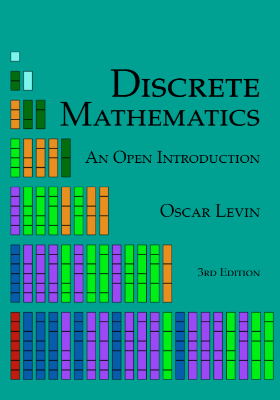An algebraic structure is a set (called carrier set or underlying set) with one or more finitary operations defined on it that satisfies a list of axioms. Examples of algebraic structures include groups, rings, fields, and lattices.
Tiling patterns — two-dimensional pictures that repeat in regular ways — are also an example of symmetry. Many cultures have explored symmetry through tiling patterns, though the study of tiling was especially refined in the Islamic cultures during the middle ages. Bans on the depiction of human forms led Islamic artists to very deep explorations of abstract designs, with a strong emphasis on tiling. Group theory can also classify all of the possible regular tiling patterns, also known as tessellations, allowing us to verify that all of the possible tiling patterns were actually discovered by Islamic artists! There are many, many interesting tiling patterns out there: here’s a place to start reading about them if you’re interested.
A very deep example of symmetry occurs in our most fundamental assumptions in physics. A basic principle states that what matters in a physical system is the relationship between all of the objects, not their absolute position. This principle allows us to say that the physics we figure out on Earth should work the same on Mars. (Thus far in the history of the world, it’s been a very useful assumption.) So if you move the entire system in any direction (or rotate it or reflect it), the system will not ‘notice.’ This invariance is also a kind of symmetry. Since you can move a physical system by any amount without changing it, the physical system has an infinite number of symmetries!
So how can we use mathematics to study symmetry? Well, the first thing we learn about in mathematics is counting, so perhaps we should try to count symmetries! If we think of a perfectly symmetrical face, there are two symmetries: one from flipping left-to-right, and another from leaving the face alone. Some might argue that the face only has one symmetry, and leaving it alone doesn’t count. In fact, we could argue all day about this point and make no progress until we became very precise about what is meant by ‘a symmetry.’
In fact, doing nothing to an object is a way of moving it back onto itself. Thus, we will say that a symmetrical face has two symmetries. Let’s consider some more mathematical objects. A line segment always has two symmetries, just like a face. An equilateral triangle, though, has six symmetries: three rotations (including the rotation by ), and three rotations when flipped over. You can keep track of the various symmetries by labelling the corners of the triangle, and seeing where they end up after applying one of the symmetries. (See the illustration.)











